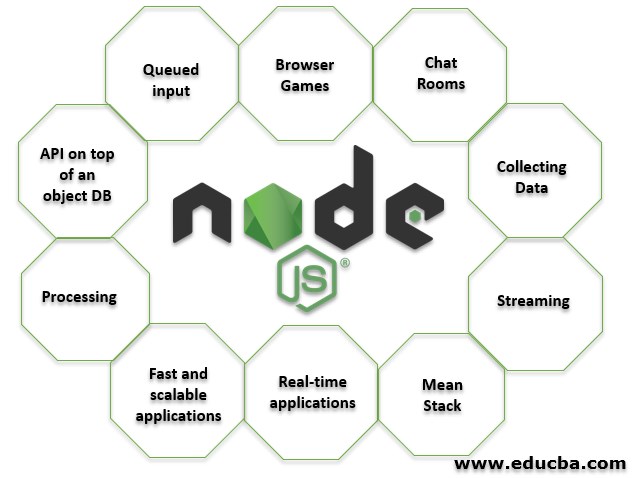What is Node.js How to Use?
Node.js, a dynamic and versatile open-source framework, has revolutionized web development. In this article, we will delve into what Node.js is and how you can effectively utilize it in web development projects. Whether you’re a seasoned developer or just starting your programming journey, understanding Node.js is crucial for creating high-performance applications.
Node.js is a powerful, open-source, cross-platform runtime environment that allows developers to execute JavaScript code outside of a web browser. It utilizes the V8 JavaScript engine to interpret and run code, making it an efficient and lightning-fast option for building various applications.
Understanding the Basics
Node.js, built on the Chrome V8 JavaScript runtime, empowers developers to use JavaScript for server-side scripting, enabling the development of scalable and high-performing network applications.
Incorporating Node.js in your projects allows you to use JavaScript not only for client-side development but also for server-side programming, enhancing code reusability and streamlining the development process.
Installation and Setup
To start using Node.js, first download the appropriate version from the official website and follow the installation instructions for your operating system. Once installed, you can test it by running a simple “Hello, World!” program.
const hello = () => {
console.log('Hello, World!');
};
hello();
Creating Your First Application
Node.js provides a wide array of modules and packages through npm (Node Package Manager). Utilize npm to easily install packages and manage dependencies for your project. Begin by creating a basic server using the http module:
const http = require('http');
const server = http.createServer((req, res) => {
res.statusCode = 200;
res.setHeader('Content-Type', 'text/plain');
res.end('Hello, World!\n');
});
const PORT = 3000;
server.listen(PORT, () => {
console.log(`Server running at http://localhost:${PORT}/`);
});
This example sets up a server that listens on port 3000 and responds with “Hello, World!” to any incoming requests.
Leveraging Asynchronous Programming
One of the significant advantages of Node.js is its non-blocking I/O operations, making it highly efficient for handling multiple concurrent requests. Utilize asynchronous programming techniques to ensure optimal performance and responsiveness.
FAQs
Is Node.js suitable for both front-end and back-end development?
Yes, Node.js is incredibly versatile, allowing developers to use it for both front-end and back-end development. It’s widely adopted for server-side applications, APIs, and real-time applications.
What are some popular frameworks associated with Node.js?
Several frameworks and libraries complement Node.js, including Express.js, Koa.js, and Meteor.js, each tailored to specific needs and preferences of developers.
Can Node.js handle heavy traffic and large-scale applications?
Absolutely. Node.js excels in handling high traffic and large-scale applications due to its asynchronous, event-driven architecture, which ensures excellent performance and scalability.
Is Node.js difficult to learn for beginners?
While learning any new technology requires dedication, Node.js has a relatively gentle learning curve, especially for those with prior JavaScript experience. Numerous tutorials and a vast community support make it accessible for beginners.
Are there notable companies using Node.js in their tech stacks?
Yes, many prominent companies, including Netflix, Uber, PayPal, and LinkedIn, use Node.js for its performance, scalability, and robust developer community.
Is Node.js suitable for real-time applications?
Absolutely. Node.js, with its event-driven, non-blocking I/O model, is exceptionally well-suited for real-time applications like chat apps, online gaming, and collaborative tools.
Conclusion
Node.js has transformed the landscape of web development, enabling developers to create scalable, high-performance applications. This guide provided an in-depth understanding of what Node.js is and how to utilize its potential in web development. From installation to asynchronous programming, Node.js offers a versatile toolkit for crafting modern, efficient applications.






